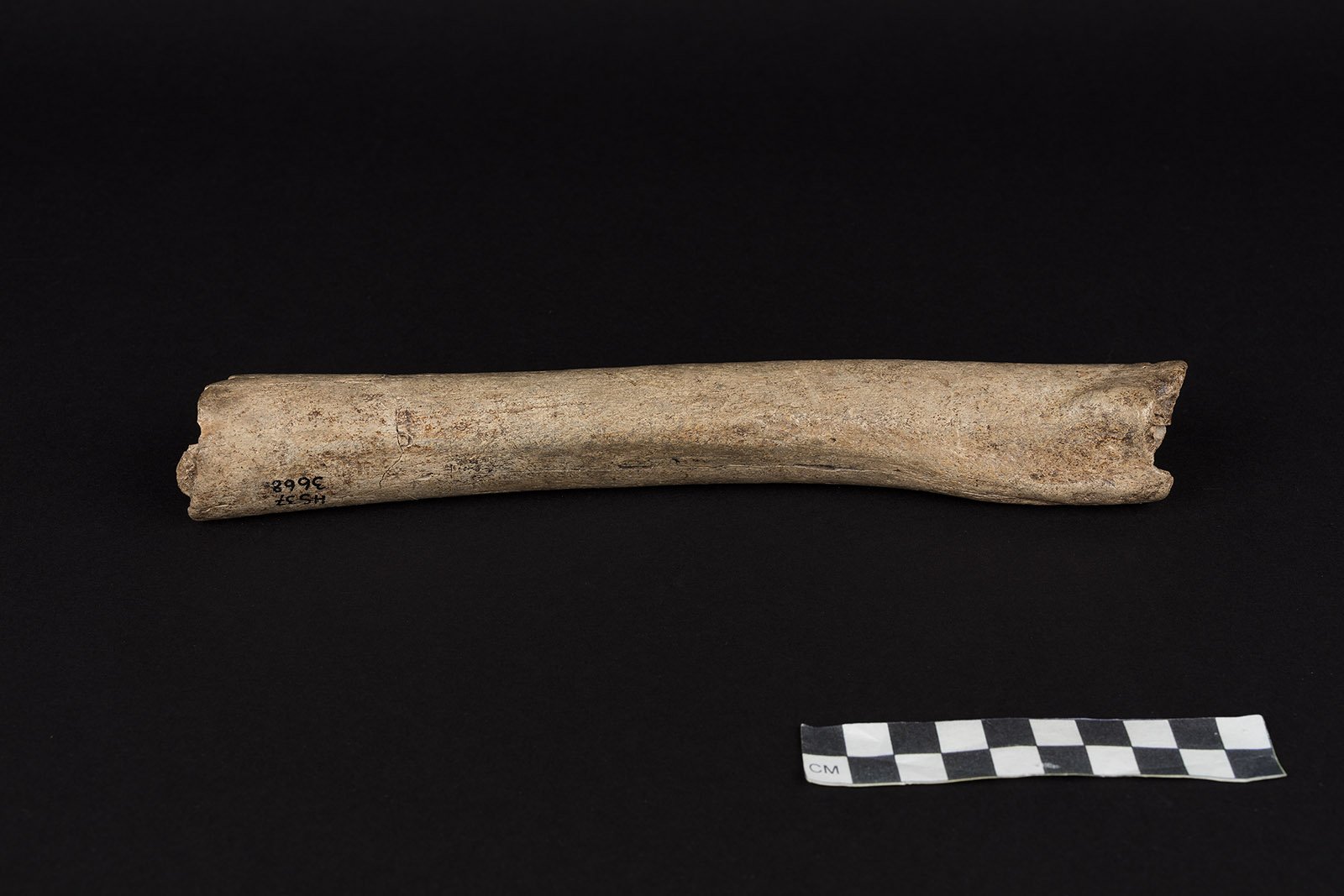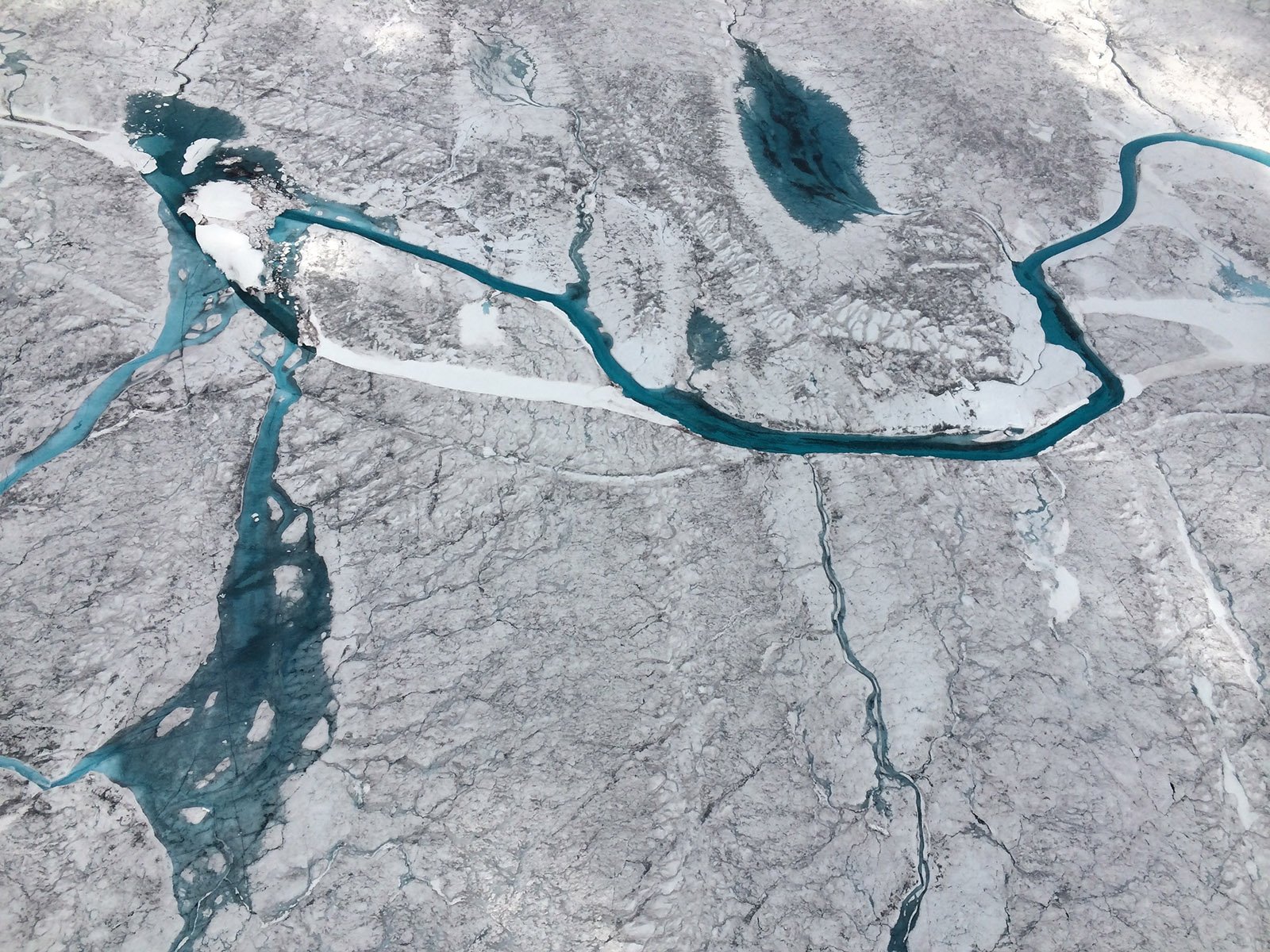Bird three times larger than ostrich discovered in Crimean cave
A surprise discovery in a Crimean cave suggests that early Europeans lived alongside some of the largest ever known birds, according to new research published in the Journal of Vertebrate Paleontology. It was previously thought that such gigantism in birds only ever existed on the islands of Madagascar and New Zealand as well as Australia. The … Read more









